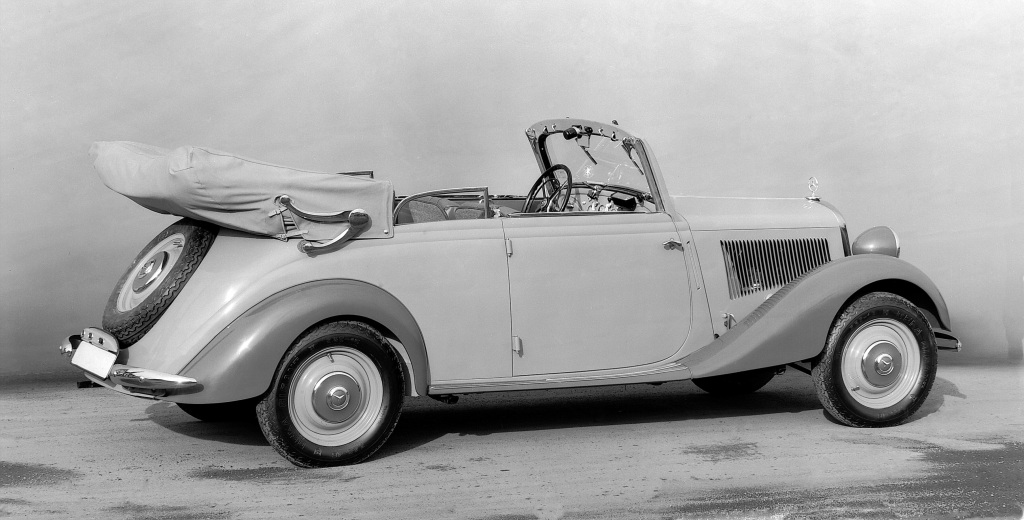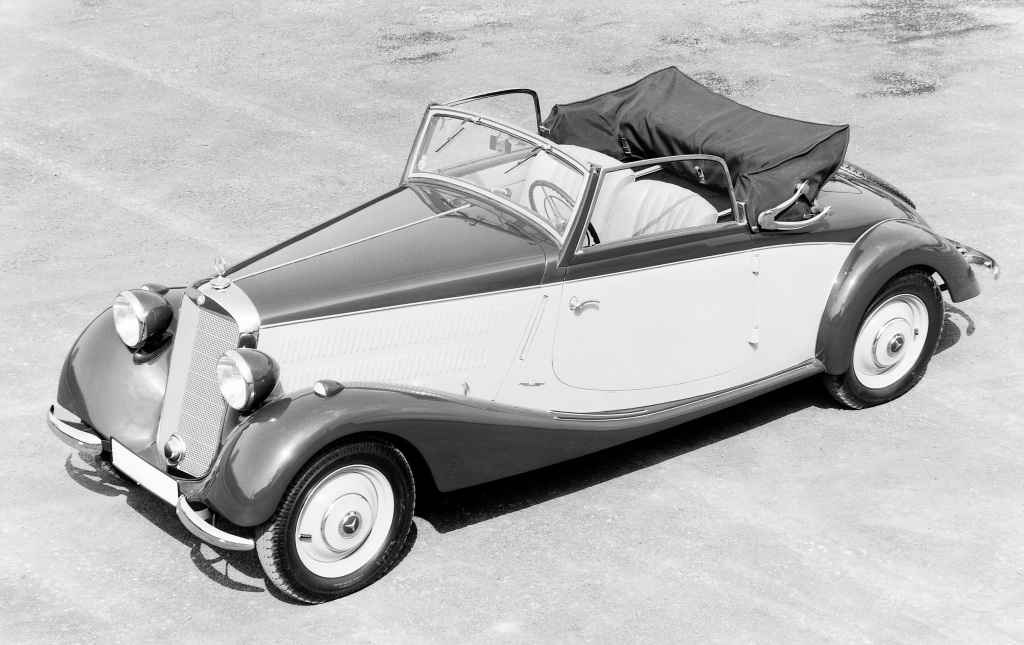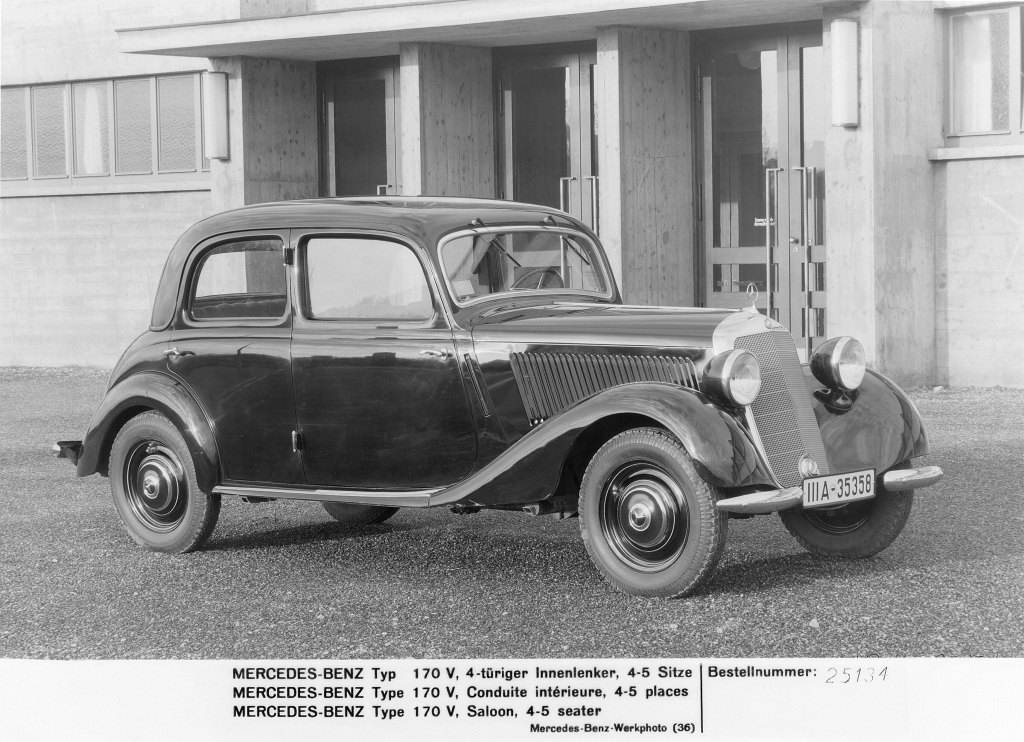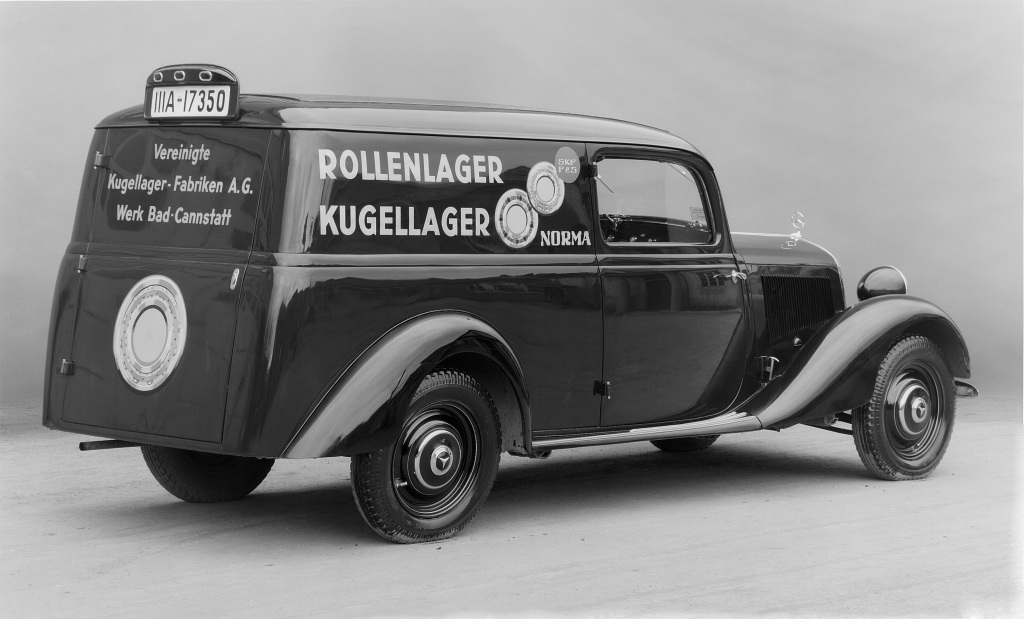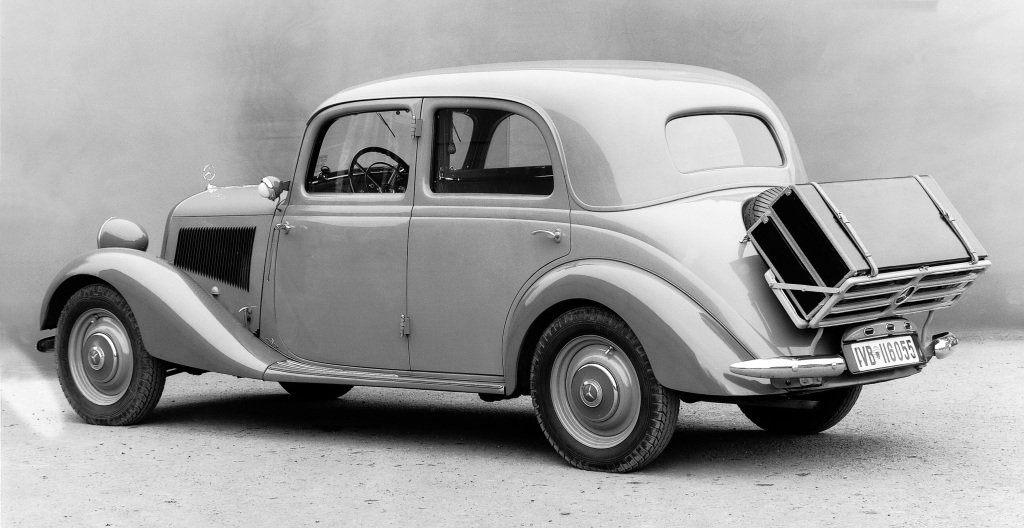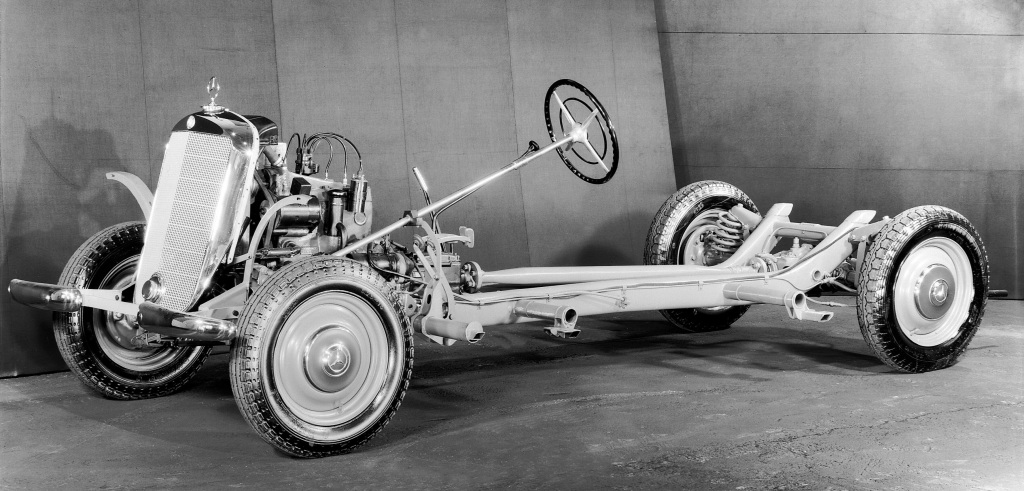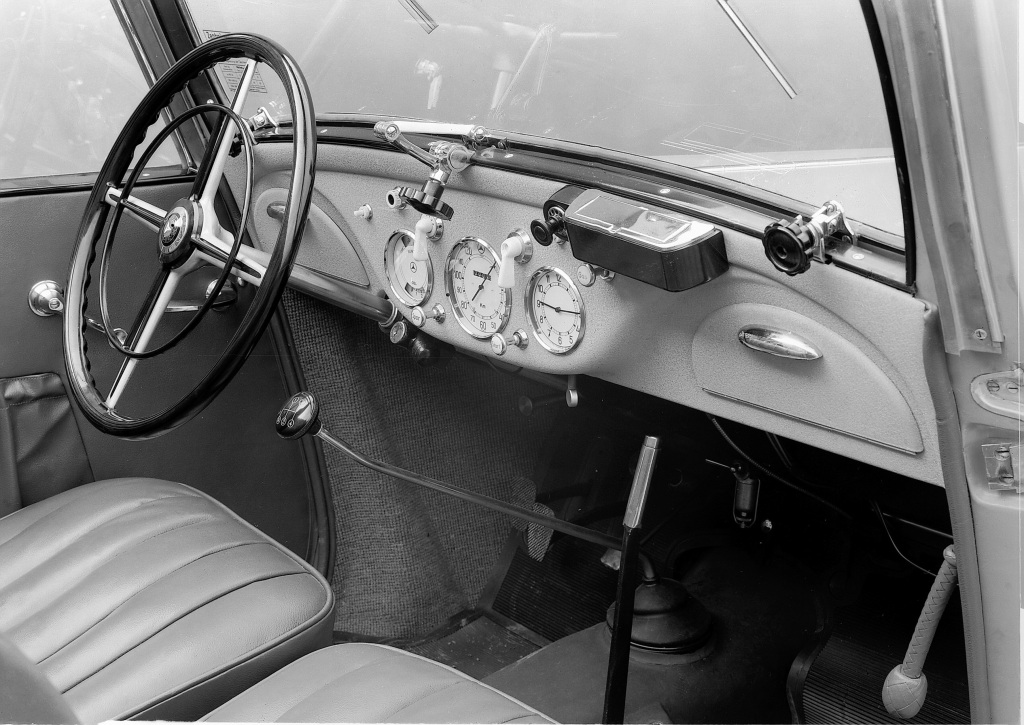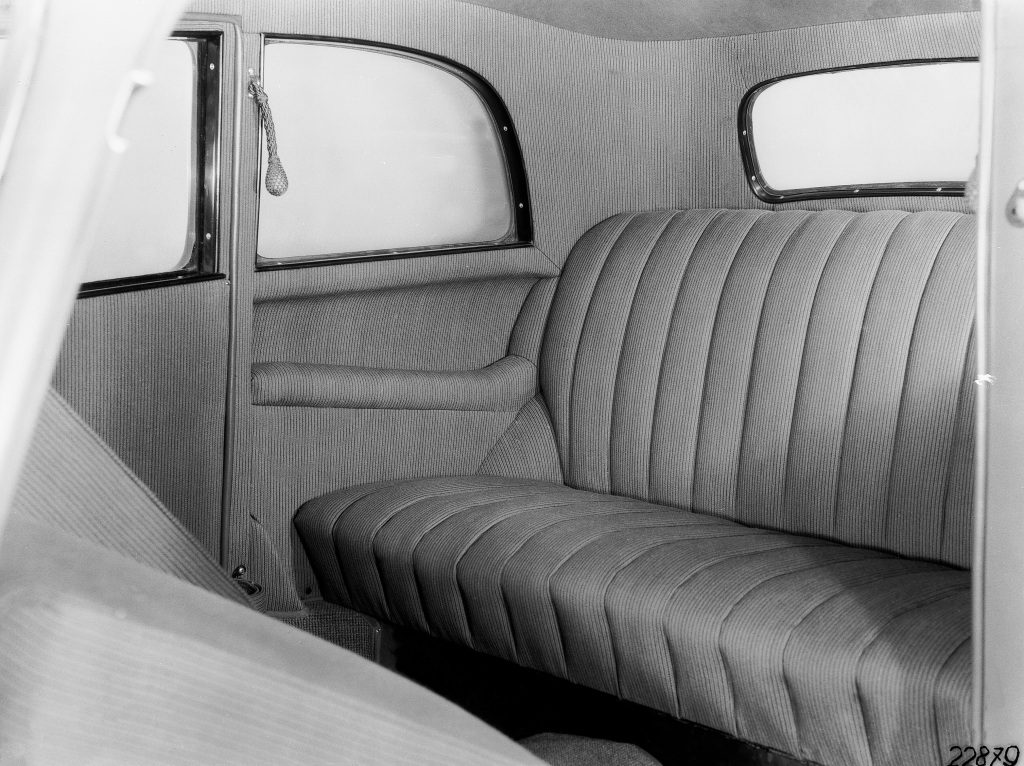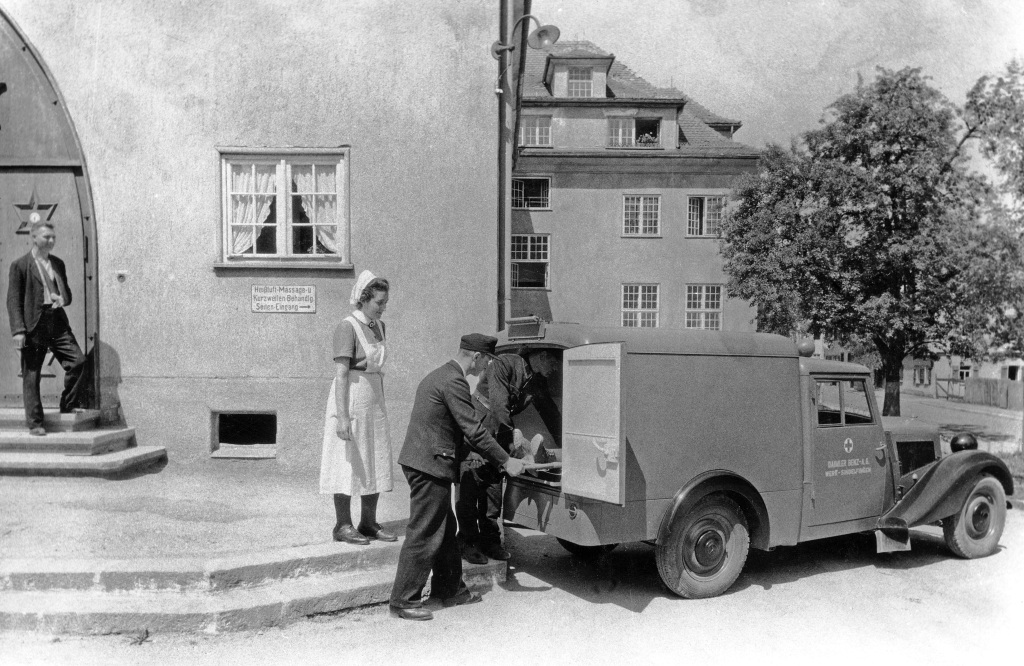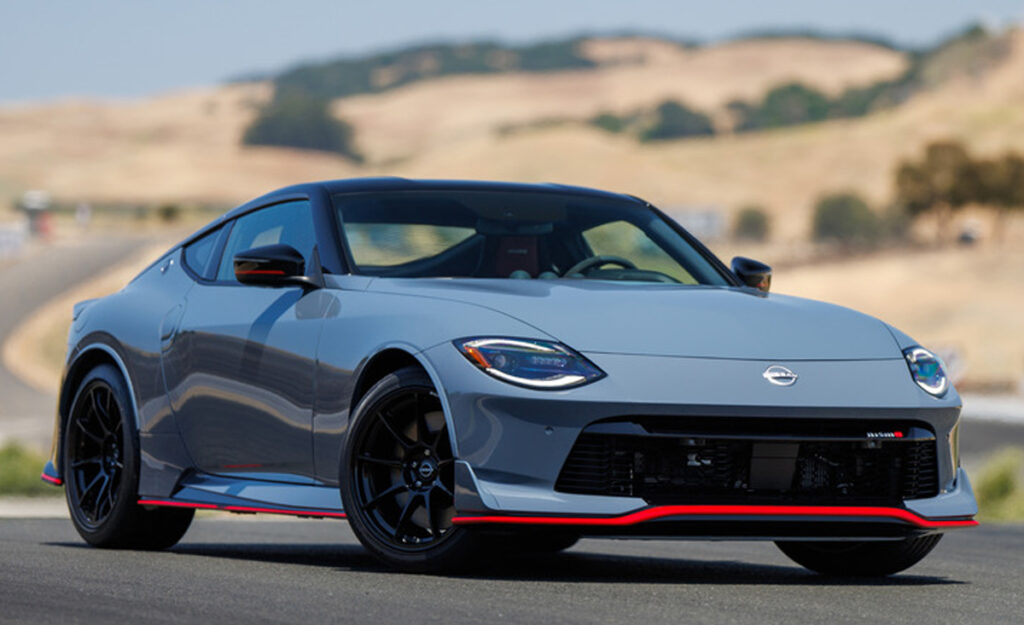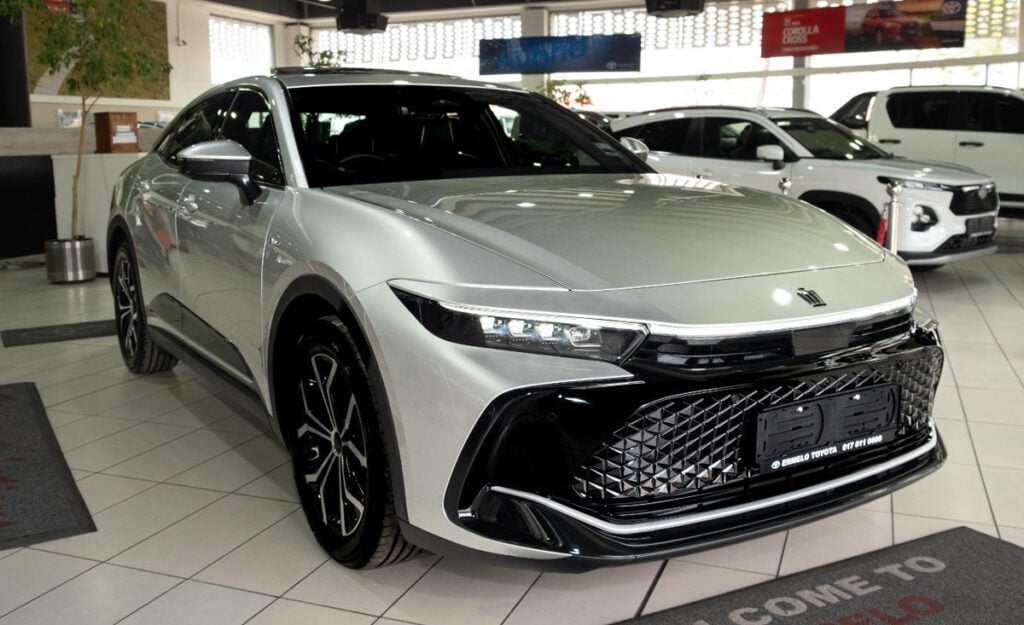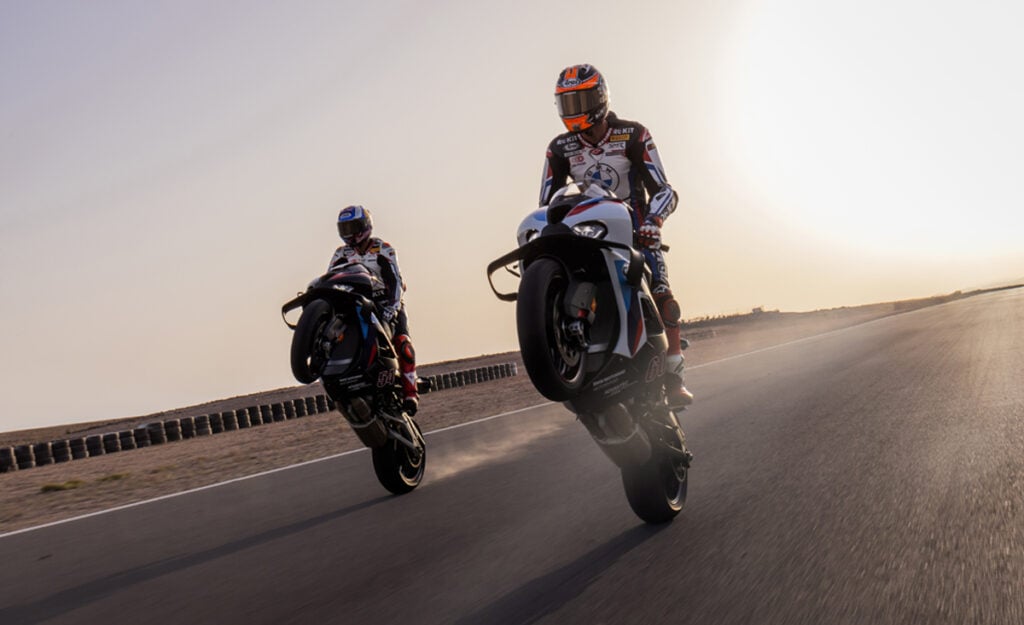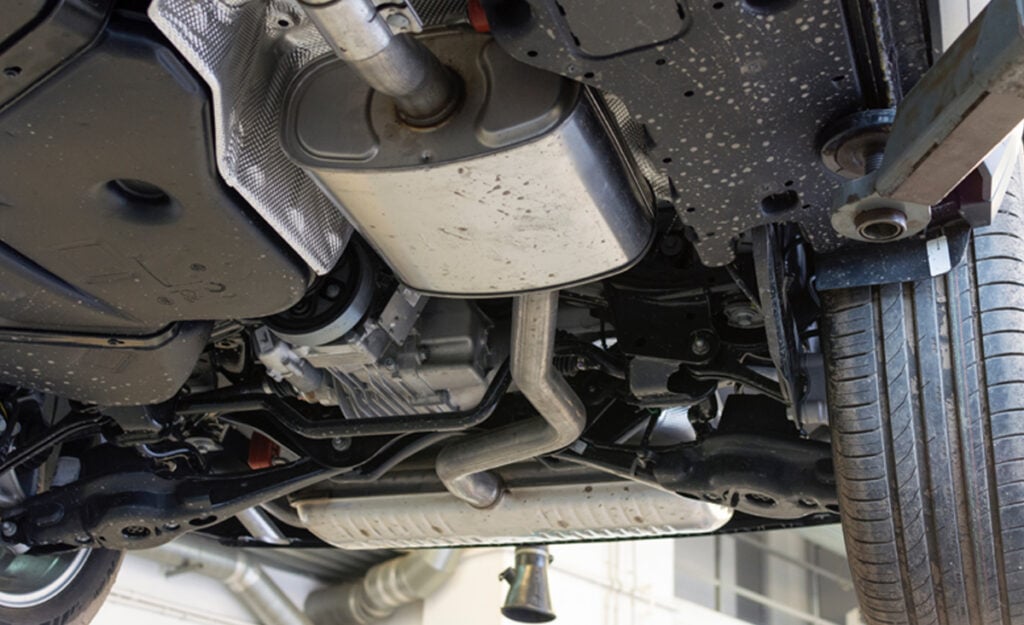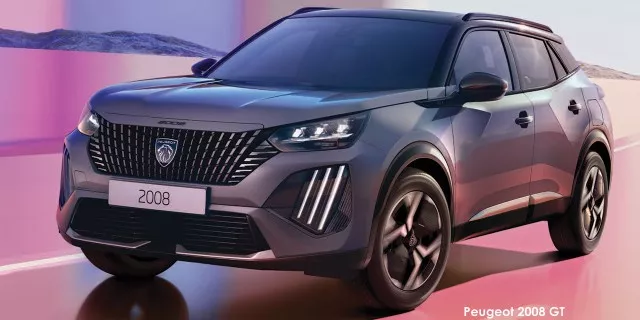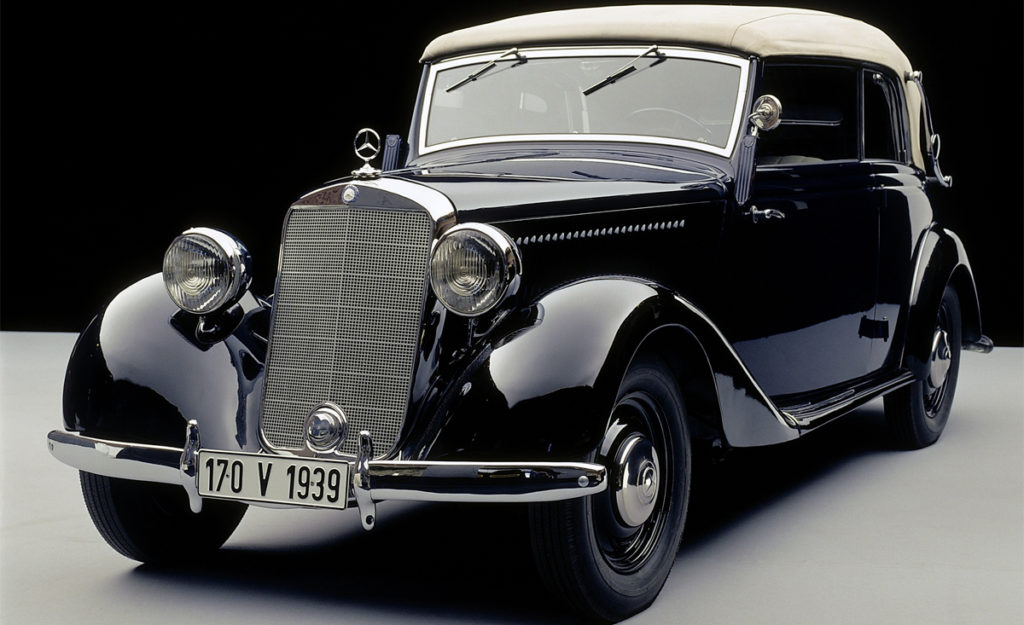
On 15 February 1936, Mercedes-Benz presented to the world the 170 V.
The 170 V was introduced as a modern and more affordable 4-cylinder version of the 6-cylinder 170.
The “V” stood for a German word that meant the engine was mounted at the front, and an accompanying model – the 170 H – was also released with its engine at the back.
The latter was not as well-received, and it was taken out of production in 1939 – after only 1,507 units were assembled.
At the launch, there were six body styles to choose from for the V.
The passenger cars comprised a saloon with two or four doors, a cabriolet saloon, a two-door open-top touring car, and the Cabriolet B – a two-seater roadster.
Affordable
Prices started at RM2,850 for the chassis only, the four-door saloon cost RM3,850, and the roadster with two seats could be had for RM5,500.
This meant that the prices were around RM600 to RM1,000 lower than those for the 170.
Production was interrupted in November 1942 due to the start of World War II, which led to Mercedes almost completely halting all passenger vehicles.
However, production of the G 136 gas-generating unit that was to be fitted to the 170 V began in 1943, and continued during the war.
This unit converted charcoal into propulsion power, and a load of 24kg of the material could provide up to 130 kilometres of range.
After the war, vehicle assembly resumed with a priority given to public-service vehicles.
Platform vehicles, ambulances, panel vans, and light utility vehicles for military and police use were assembled to meet demands for reparations in the country.
The first passenger vehicle only rolled off the Mercedes production line in July 1947 .
Lightweight
In the newly-created Federal Republic of Germany, the 170 V marked the start of a long and important line of Mercedes-Benz cars.
The new featured modern, flowing lines that clearly stood out from the boxy designs of the time.
Its oval tube frame was bent to form a robust X-shape, which saw a weight reduction of 80kg over the car it was based on, while simultaneously increasing rigidity.
The engine was mounted in the front fork frame, and the differential at the rear.
Due to its longer wheelbase, the rear seats could also be moved into a more advantageous position – right in front of the rear axle – to better handle weight distribution.
When all was said and done, the 170 V had a ground clearance of 205mm, which was preferable for the unpaved roads of the time, and the body was crafted from a combination of a wooden frame and sheet metal paneling.
Smooth
The car packed a 1.7-litre engine with vertical valves and an updraught carburettor, and could produce a total of 28kW of power.
This innovative design led to praise from several publications, and one even describe it using the following words.
“The engine definitely runs so quietly, and the damping of the vibrations is so effective, that you would never guess there was a four-cylinder engine under the bonnet.”
The assembly was mated to a four-speed transmission that initially had synchromesh third and fourth gears, but this was changed to a fully synchronised manual transmission from 1940 onwards.
Alongside the 170 V, a diesel powered 170 D premiered, which was identical to the V with the exception of a diesel engine.
Right above the 170 V and D, the 170 S also made an appearance with a larger, all-steel body that mainly enhanced interior space.
